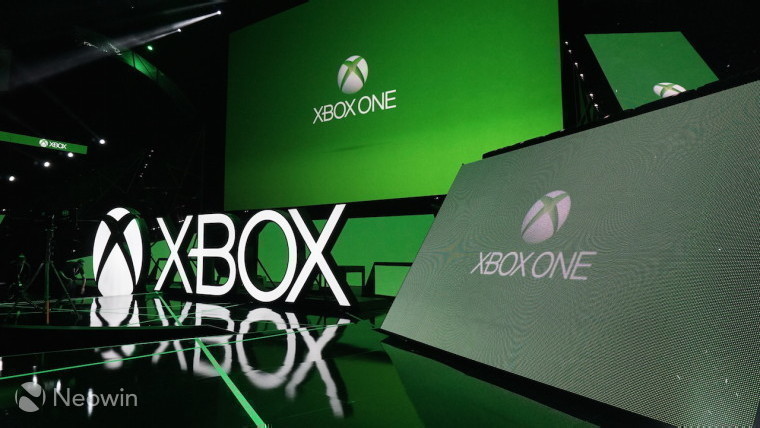
Microsoft's latest quarterly earnings report included some great news for its cloud business, some good news for Office, some decent news for Surface, and some (more) terrible news for Windows phones.
But what about Xbox?
Microsoft's press release for its Q4 FY2016 financial results focused on just one detail regarding its gaming efforts: "Xbox Live monthly active users grew 33% year-over-year to 49 million". That's certainly an impressive achievement - and it also represents a notable increase of 3 million new Xbox Live users compared with last quarter.
But beyond that positive result, it wasn't all good news for Microsoft's gaming efforts. In its earnings call slide deck, the company noted that gaming revenue fell by 9% year-over-year (8% in constant currency), "driven by lower Xbox console volume and lower Xbox pricing".
Digging even deeper into the documentation Microsoft published today, a closer look at its 8-K form submission for the SEC offers a little extra detail.

That 9% drop in gaming revenues represented a fall of $152 million, which Microsoft said was "offset in part by higher revenue from Xbox Live". Xbox Live revenue rose by 4%, thanks to a "higher volume of transactions and revenue per transaction".
But that document also reveals that "Xbox hardware revenue decreased by 33%", again attributed "mainly to a decline in consoles sold and lower prices of consoles sold". On the face of it, that may sound like disastrous news for the Xbox One versus the PlayStation 4, which has consistently outsold its Microsoft rival by a considerable margin since the two consoles launched at around the same time in 2013.
But in fact, that's not quite the case. Microsoft's Chief Financial Officer, Amy Hood, clarified on the company's earning call today that the "decline in consoles sold" referred primarily to the Xbox 360, rather than the Xbox One. Microsoft ended production of its last-generation console earlier in the quarter, more than ten years after it originally launched, so it's hardly surprising that demand has been diminishing - particularly as Xbox One prices have fallen, making the newer console more appealing.

Indeed, compared with a year ago, Microsoft has been selling far more Xbox Ones at lower prices and in aggressively-priced bundles, and its discounts have deepened further as the company has been gearing up for the launch of its new Xbox One S, which will be officially released on August 2.
Pre-orders for the Xbox One S have been open for over a month, but only for the pricey 2TB 'Launch Edition' model, which costs $399. Microsoft hasn't yet said when its more affordable 500GB and 1TB versions will go on sale - but the availability of these new full-priced consoles should help to boost revenues for the company's gaming hardware line in the coming months, following their sharp decline last quarter.
And in the longer term, of course, Microsoft has the launch of 'Project Scorpio' to look forward to, promising that it will be the "most powerful console ever".
So while at first glance, things may not appear too peachy for Xbox given Microsoft's most recent earnings results, in fact, they're far better than they seem.
















5 Comments - Add comment